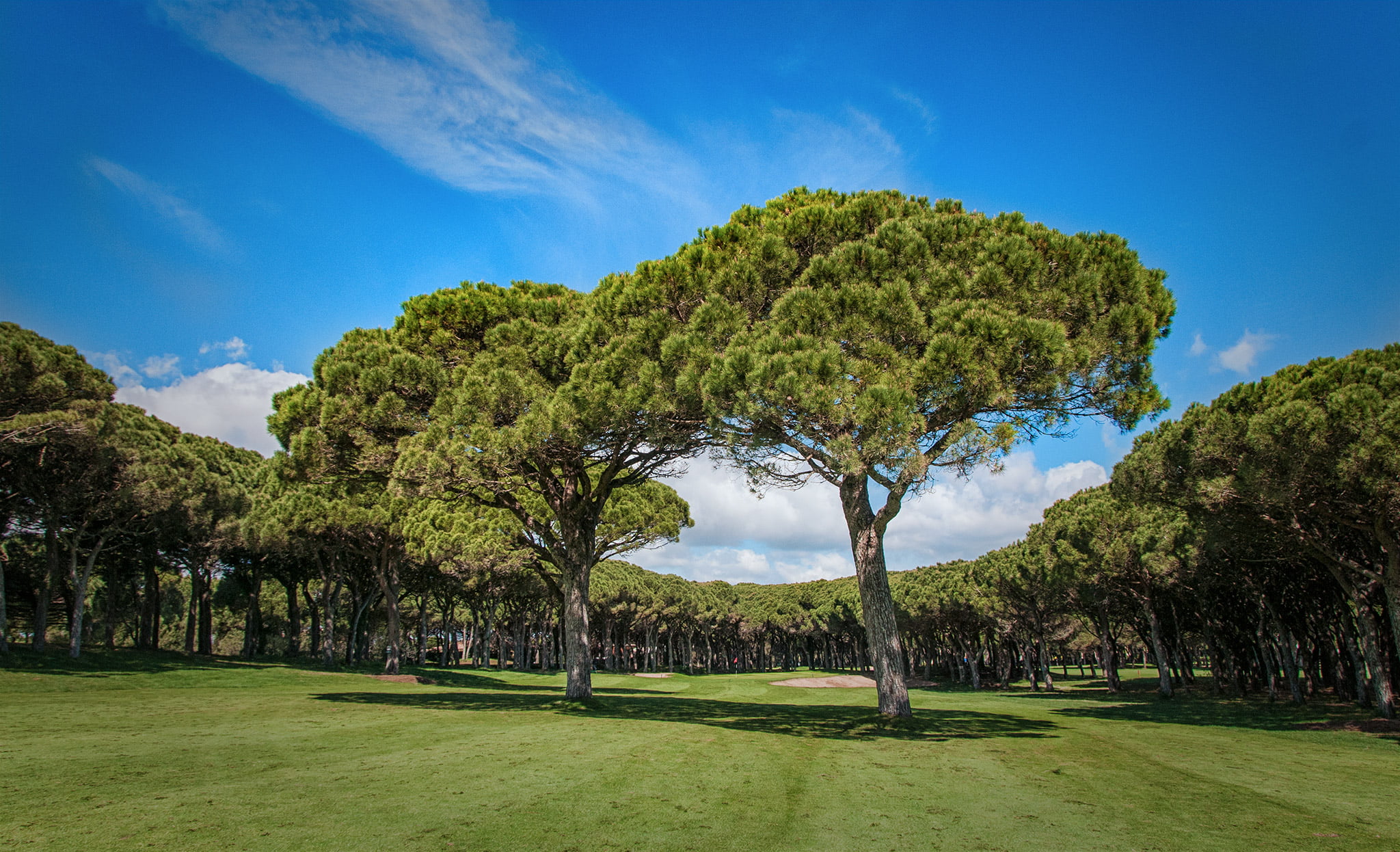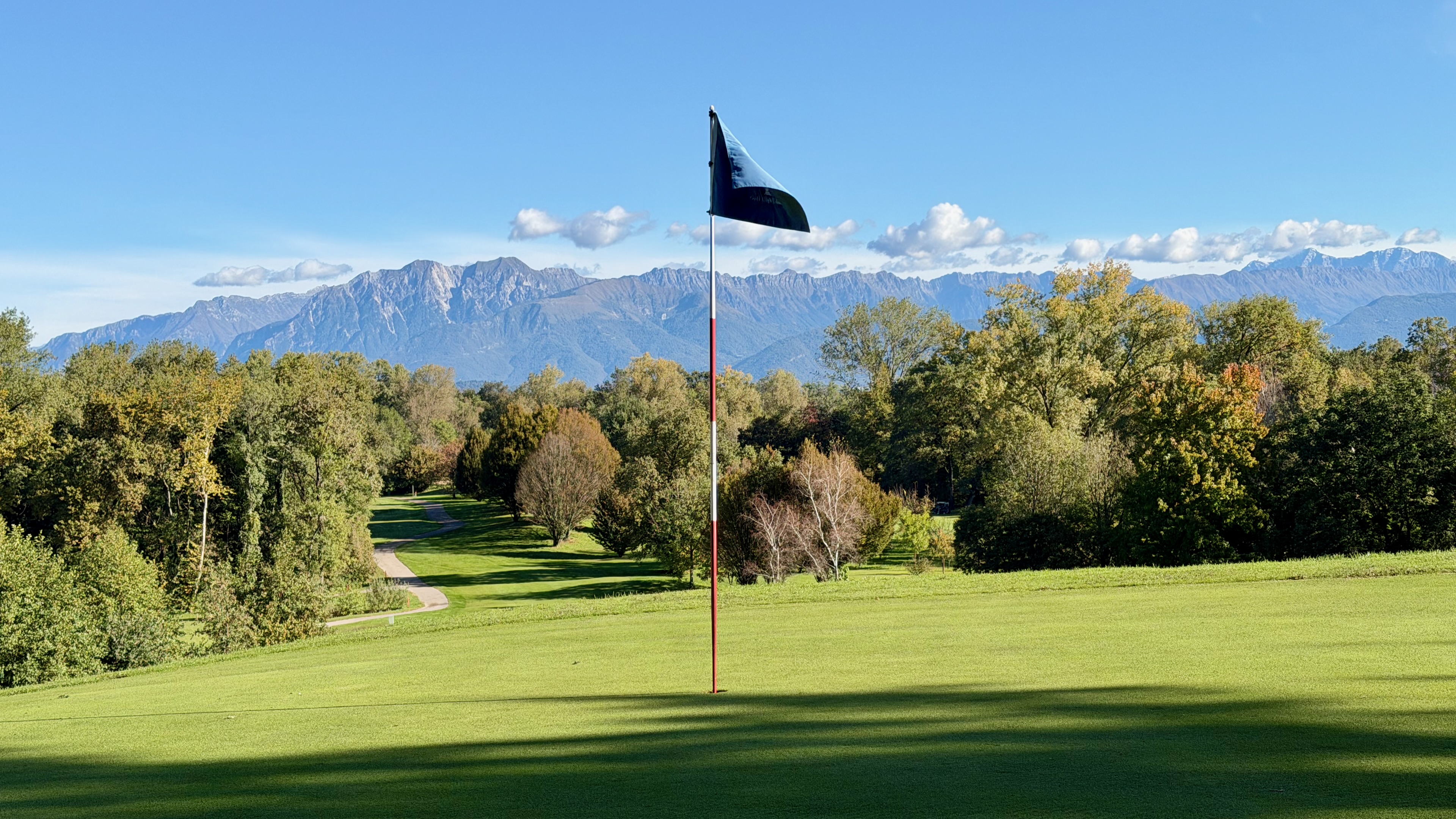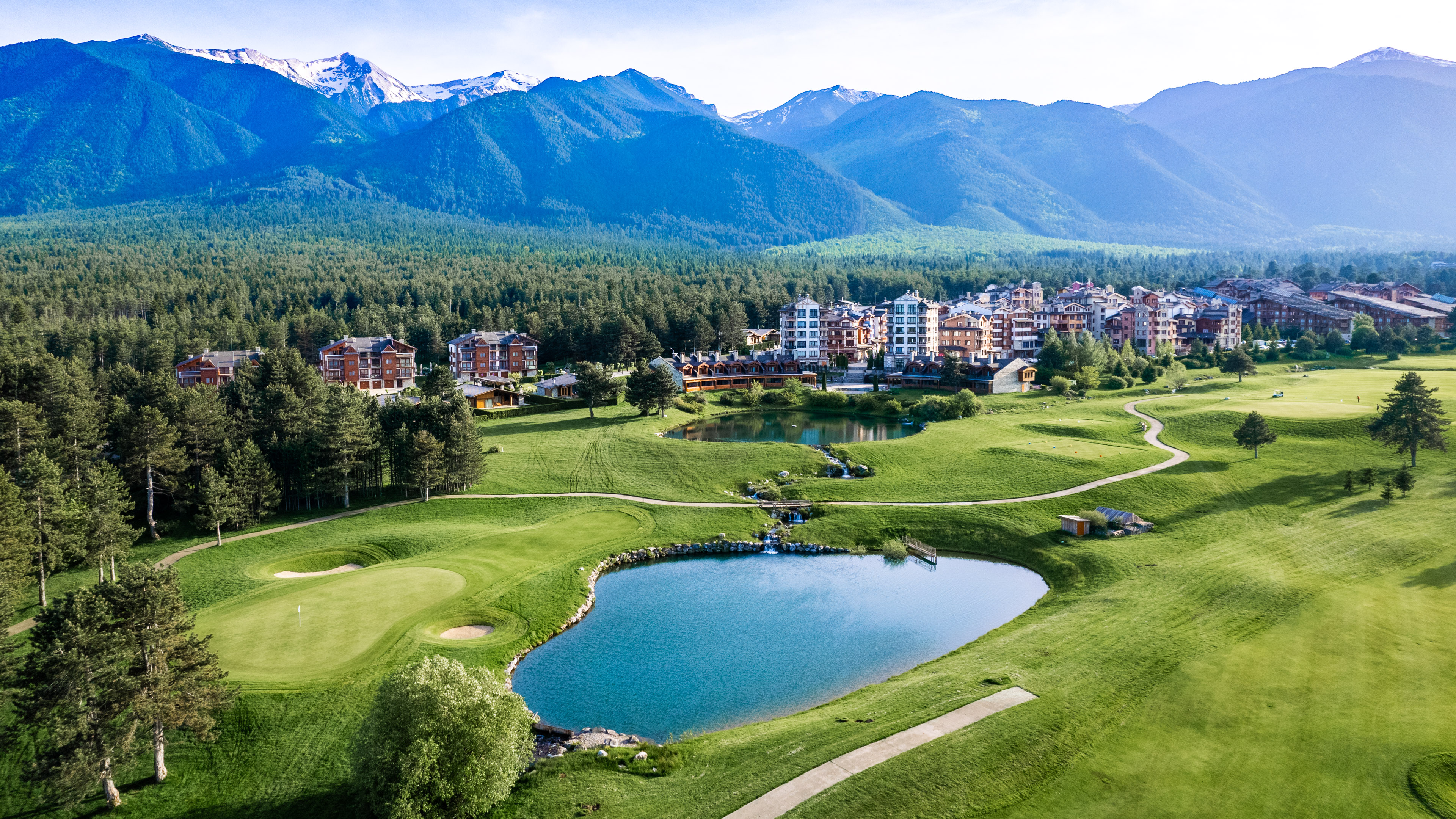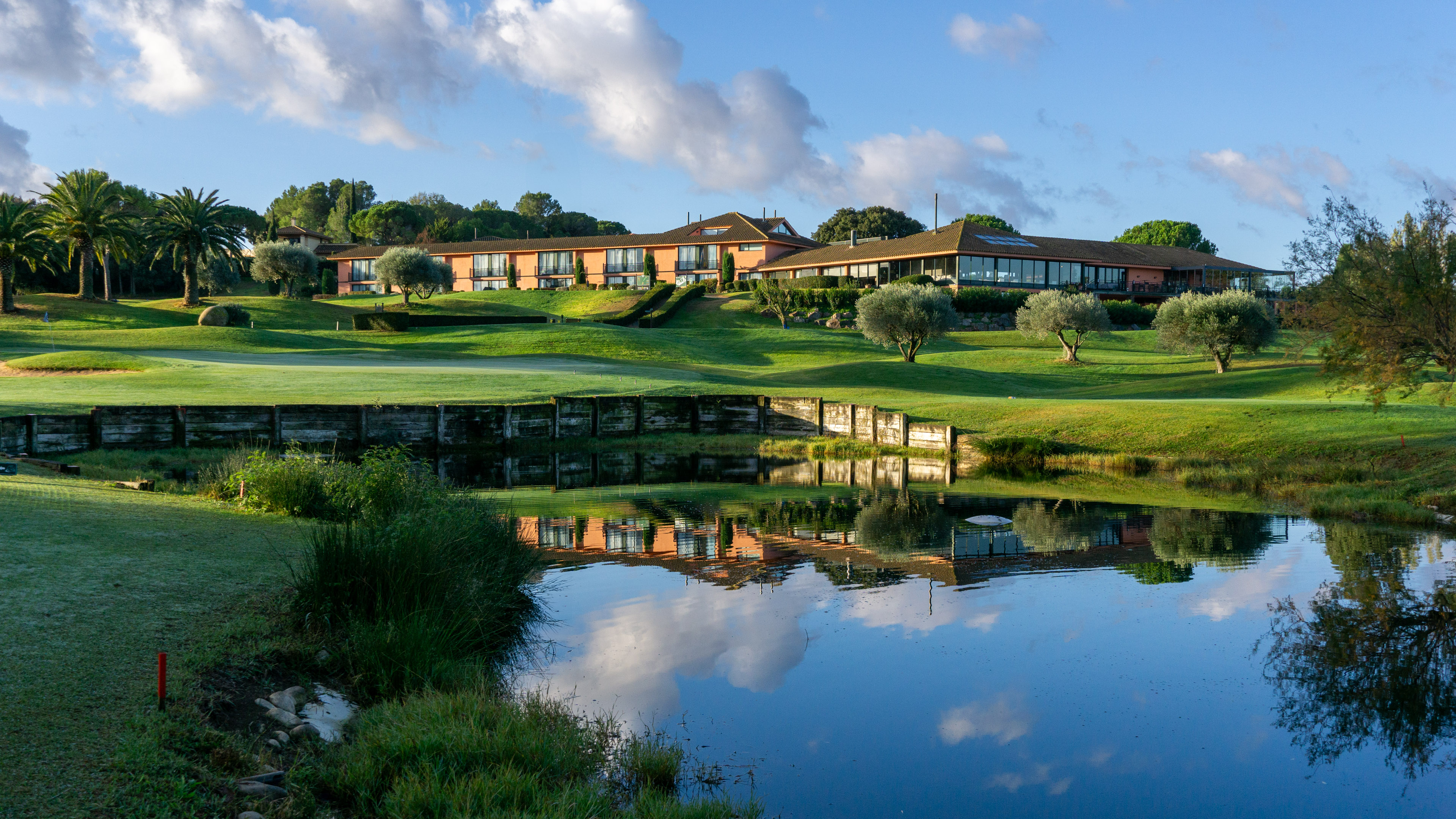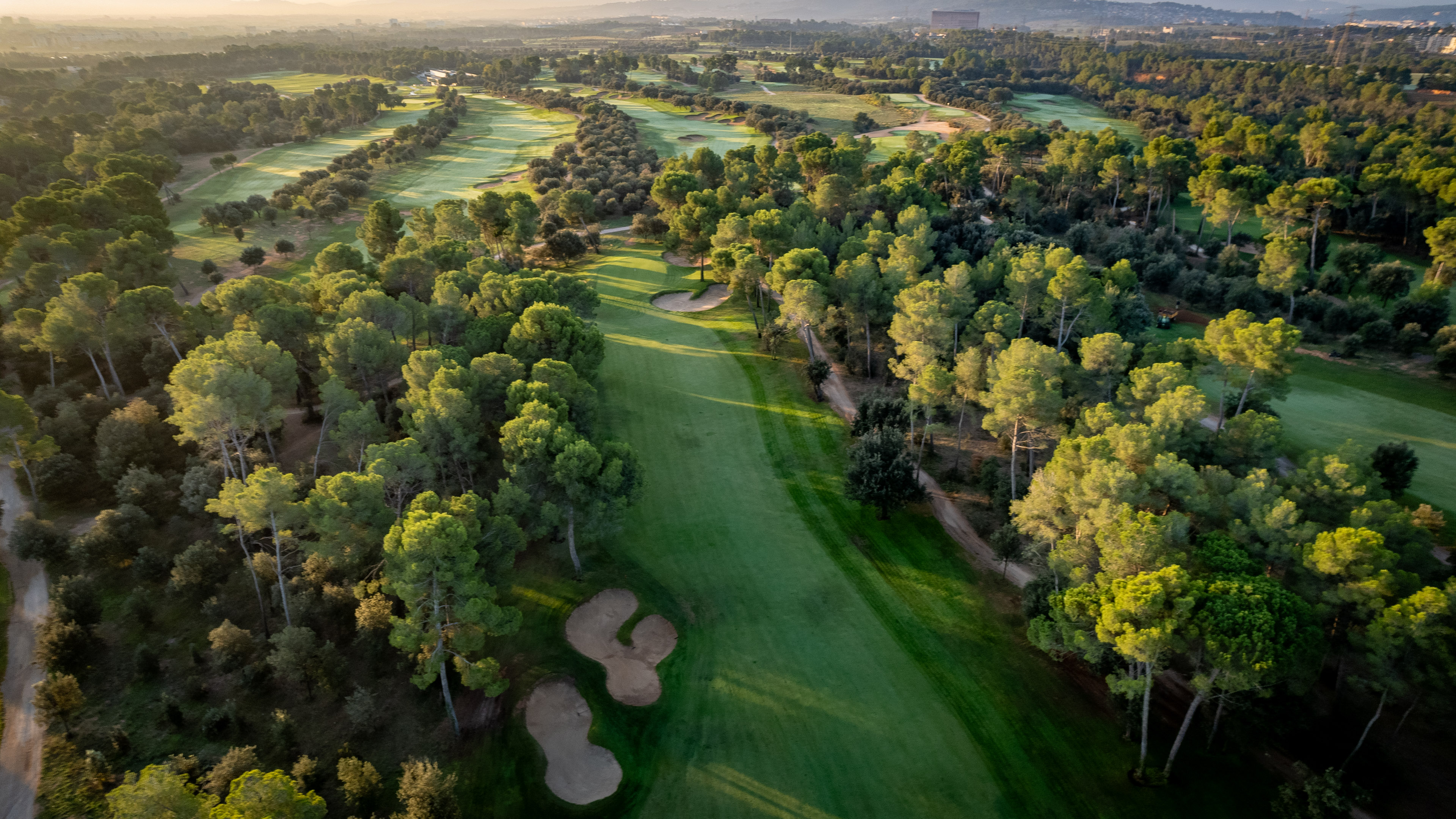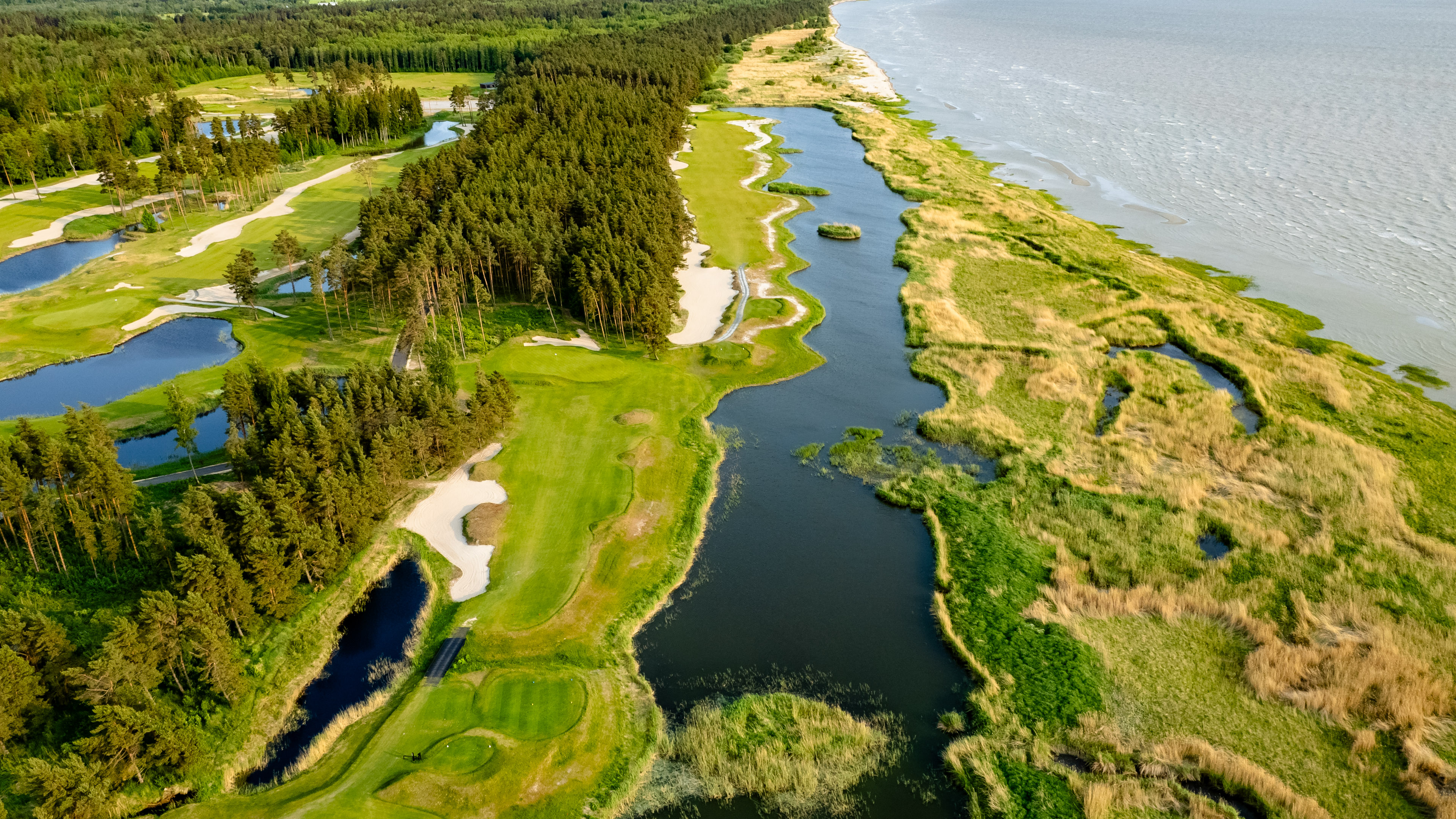The sun-drenched ”Costas” on the south coast of Spain, from Costa Blanca to Costa del Sol, are perennial golf holiday favorites. Costa Brava, the Catalan coast north of Barcelona, has received less attention. That is changing.
Costa Brava is the name of the coastline that stretches from just north of Barcelona to the French border. Costa Brava is a combination of ”Costa”, meaning ”coast”, and ”Brava”, which can best be translated as ”rugged” or ”wild”. In other words a perfect combination for golf course designers – a rugged and wild coastline. An interesting aside is that the name Costa Brava is quite recent, invented by a Catalan journalist in 1908 and not in common use until the tourist boom of the ’60s.
Already in the 1950s the tourist potential of Costa Brava, with a good summer climate and nice beaches, was recognized, and the area was earmarked for tourism development. The expansion was rapid, a large number of hotels and tourist areas were constructed, and the tourism industry quickly passed fishing as the biggest source of income for the area.
In recent years golf has grown in importance for the region, and an number of big developments have been completed, one of which is PGA Catalunya, named best course in Spain several years in a row (more about that later).
The climate in Costa Brava resembles that of the French Riviera. No big surprise, since Costa Brava can be seen as a southerly extension of the Riviera. The average summer temperature approached 28°C, while the coldest winter months average around 7°C. Maybe a bit chilly for a couple of months in the winter, but otherwise perfect for golfers. When we visited in early April it was not yet beach weather, but certainly warm enough for a nice afternoon by the pool.
We started our trip at Golf Platja de Pals, just outside the town of Pals, a few miles east of Girona.
Golf Platja de Pals
Golf Platja de Pals is quite cozy. In spite of being high up on the European ranking, it does not feel like a mega-resort, but more of a small, local course. Maybe this is because the course was designed in 1966, actually the oldest course in Costa Brava. The clubhouse is not enormous, instead it is just the right size to provide all the services you need. The restaurant is top-notch, with a lovely terrace overlooking the course, and the pro shop offers everything you might need. The service is personal, and you feel welcome right from the start.
In spite of being quite close to the coast, the course is predominantly a forest course. The majestic umbrella pines surround the fairways, and are the biggest challenge when navigating your ball from tee to green. The course is fairly long, over 6000m from the club tees, so it is tempting to try to hit long drives. However, even a small fade or draw tends to get caught in the pines, and even though they appear spaced fairly far apart, the ball seems to be magically attracted to the trunks, causing you to lose a few strokes. I played with two long-hitting Brits, and in spite of hitting the ball 75 yards shorter I did quite well as they were constantly penalized by the pines.
You’ll find the Golf Platja de Pals address, website, green fees, and all the details in our course description.
Emporda Golf
Emporda Golf is a big development with its own hotel, spa, and two full length 18 hole courses. You could easily spend your entire golf vacation at Emporda.
The two courses are completely different – one is a forest course, the other a links. Which course you prefer is up to personal taste: lost balls in the forest or in the water? Seriously, both courses maintain a high standard, and in our group of golfers opinions differed on which course was the better one. But nobody complained about either course.
Both courses are designed by Robert von Hagge, and have six different tees to accommodate golfers of all skill levels.
Forest Course
The forest course is the shorter of the two, and also the narrower. The fairly flat fairways meander through the majestic umbrella pines. You will get penalized if you stray off the fairway, but the rough under the pines is well kept, so you seldom lose your ball. Just resign to the fact that you have to exit sideways out of the forest and lose one stroke.
Links Course
The links course would more accurately be described as a ”links-style” course, since it doesn’t run by the sea, and doesn’t have very much of the characteristic links grass. But it definitely has a links feel to it. There is a lot of water, and the feeling of rolling sand dunes is there. A few of the holes also offer multiple ways to play, with split fairways and other details that make the game interesting.
After you complete your round, there is an excellent bar and restaurant in the ultra modern club house, which is integrated with the 87 room hotel and spa. Emporda is a family-friendly resort, with both pools and a toy library. Unfortunately we didn’t have time to figure out exactly what a toy library is.
You’ll find the Emporda Golf address, website, greenfees, and all the details in our course description.
Club Golf d’Aro
Golf d’Aro is the most spectacular of the six courses we had the opportunity to play on this trip. The narrow road that clings to the mountainside on the way up gives you a good preview of what is to follow once you reach the golf course at the top of the mountain. Neither is suitable for people suffering from vertigo.
The course is cut out of the forest at the top of a plateau high up in the mountains above the coast, yet it is more of a parkland course than a forest course. Many of the holes offer stunning panoramic views of Costa Brava far below.
Several of the holes are quite steep, and often border on deep ravines, so it is definitely more important to hit straight than long (although combining both is preferable). The location of the course at the top of a mountain also means that wind is often a big factor, further complicating hitting the narrow fairways. And if your ball disappears into infinity (a ravine), all you can do is enjoy a very long drive, trying to find the ball is not an option. However, a local rule declares all ravines to be lateral water hazards, so you can just drop a ball where your ball soared out of sight. Many of the greens are also designed as little islands on the mountainside, but luckily they are generous in size. Otherwise, the course would just be too difficult.
The 4th hole is your first encounter with both the magnificent view and the dangerous ravines. If you want to hit a drive off the tee, you have to master the art of the fade, otherwise your ball will end up at the coast (or at least not far from it). If you succeed, your approach is towards a green well guarded by sand traps, with another ravine in play if you hit slightly too far. On the next hole, a short par three, play continues toward ravine-guarded greens. Holes 8 and 9 continue in the same vein, with mountains to the right and ravines to the left. The 9th is especially breathtaking, with the option of taking a shortcut over the ravine to the green. Our recommendation: hit your provisional ball first.
On the back nine, it is a bit more quiet, with fewer ravines, more like a traditional parkland course. On the 15th, you are rewarded with the highest elevation tee on the course, and also the best views. On the back nine you will also have to deal with a lake, as if the course was not difficult enough.
Once you have navigated all the obstacles and dangers, you are rewarded with a small but very charming clubhouse, a renovated Spanish finca, farm house. It is not big, but very homey with a delightful small bar and a family owned restaurant.
Golf d’Aro is designed by Ramon Espinoza, and opened for play in 1990. The course has hosted several European Tour events.
You’ll find the Golf d’Aro address, website, green fees, and all the details in our course description.
PGA Catalunya
We saved the best for last: PGA Catalunya Stadium Course has been named the best course in Spain several years in a row, and is always among the top courses in European and world rankings. For a good reason. PGA Catalunya is a first class development all the way to the smallest detail. For example, at the practice area the green is surrounded by sand traps, each one different, with sand imported from the worlds most famous courses. Here you can practice your sand shots in sand from Augusta National, volcanic sand from Hawaii, Pebble Beach and more.
PGA Catalunya has two 18 hole courses. The first one, the Stadium Course, opened in 1999, and hosted the Spanish Open already in 2000, again in 2009, and will do so later this year. The course was quickly recognized as one of the top ten European courses by several leading golf magazines.
The other course, the Tour Course, opened in 2005. It too has received top reviews, and has hosted the European Tour qualifying events.
Both courses are well worth playing, but you must not miss the Stadium Course. The course is long, 6226 meters from club tees, so it is best to make an honest self-assessment before you choose which tee to play from.
Already on the first hole, you get a sense of both how beautiful and difficult the course is. A par 4 with a nice view from the tee of the fairway far below. But the forest is sneaking up on the left, the very same route you would like to take to have a reasonably short approach to the green. You don’t get much for free on the Stadium Course, new challenges await around every corner.
On the 3rd hole you get the first glimpse of the lake at the lowest point of the course. There are three different greens around the lake, with the 11th maybe the most scenic and also the most difficult one. Maybe the 11th is the signature hole, or maybe the 13th, it is hard to pick a single hole as there are so many beautiful ones.
PGA Catalunya is a resort where you can find everything you need for a successful golf vacation. There are several restaurants to choose from, and a big, well stocked pro shop, as well as several practice areas. If you want to spend your entire golf vacation here, the Melia Golf Vichy Catalan Hotel is directly adjacent to the course, within golf buggy reach. All in all, PGA Catalunya is a resort that won’t disappoint you in any way.
You’ll find the PGA Catalunya address, website, green fees, and all the details in our course description.
After Golf
Costa Brava has a lot to offer outside of golf, not the least of which is culture and fantastic beaches. But maybe of most interest for hungry golfers: gastronomy. During our trip, with tested the Catalan cuisine in two different ways; at local restaurants, and by attempting to cook for ourselves.
Restaurants: there is an almost endless number of restaurants to choose from. Two restaurants are worth mentioning especially, El Pedro in Pals and Nu in Girona. El Pedro was founded by two men, with their mother as the cook. As the town of Pals was slowly restored, both the clientele and the menu grew, but it is still very much a family owned business. The menu offers local cuisine at very reasonable prices. While in Pals, take the opportunity for a stroll in the old town, which is nicely restored and looks especially beautiful at dusk. Restaurant El Pedró C/ Placeta d’en Bou, 29, Pals.
Girona is known for its Michelin-starred restaurants, notably El Celler de Can Roca, which won the title of the world’s best restaurant in 2013. But there is a year’s waiting list to dine there, so you will probably be looking at alternatives. A great one that is obviously inspired by all the great Michelin-level cuisine in the area, is Nu. The restaurant is informal, and looks like a modern sushi bar, where you can watch the cooks prepare your meal in front of your eyes. Try the highly unusual foie gras starter. It has a caramel crust (you see them as they use the torch on it) with cookies and banana ice cream on the top. You won’t forget it! Nu Restaurant c/Abeuradors, 4, 17004 Girona, Spain
Cooking.To gain some insight to the Catalan cuisine, we simply went to a kitchen. We signed up for a cooking class. Aula Gastronomica de l’Emporda organizes classes for 2 to 25 persons, and you get to help in the preparation to traditional Catalan specialties using locally grown food, all under the supervision of experienced chefs. The evening ends with a gourmet dinner (if you’ve followed the instructions 🙂 Apart from the golf, this was definitely the highlight of our trip. Aula Gastronomica, tel 972-31-20-91.
So why does Costa Brava get less attention than the more southerly Costas? We really couldn’t find any good reason. The golf was excellent, the climate nice, and the food delicious. We recommend you go there and see for yourself, we don’t think you’ll be disappointed.
Golf Pass
Eight courses in Costa Brava have started cooperating, offering a golf pass. The pass is valid for 14 days, and you have the option of purchasing either three or five green fees, which then are valid at all eight courses. In addition, the pass offers discounts for some attractions in the area. Golf Pass
Travelling to Costa Brava
The closest airport to the golf courses in Costa Brava is Girona Airport. The dominant carrier at Girona is Ryanair, maybe not the golfer-friendliest airline around, but you do save an hour drive from El Prat Airport in Barcelona if you can deal with Ryanair.
El Prat in Barcelona is the second-best option, served by most major carriers. The road from Barcelona to Girona is mostly a divided highway, so it is an easy one hour drive.
